#Europeforculture
Thousands of events will take place across Europe in the next 12 months. For this special Year the focus is on history, culture, art, nature, along with economy and tourism. “Where the past meets the future” is the slogan of the EU initiative. The underlying goal is to “reinforce a sense of belonging to a common European space”

The events linked to The European Year of Cultural Heritage 2018 kicked off in Milan. The inauguration ceremony held past December 7 saw the presence of European Commissioner for Education and Culture Tibor Navracsics, together with the President of the European Parliament Antonio Tajani and the President of the European Parliament Committee for Culture and Education Petra Kammerevert. “Where the past meets the future” is the slogan of the initiatives and events of the coming months, whose declared goal is to involve the younger generation in particular, in the discovery of our multifaceted cultural heritage thereby “reinforcing a sense of belonging to a common European space”, and raising awareness on the existence of a European identity that needs to be cherished and strengthened.
What is the “cultural heritage”?
The official definition provided by the European Council (“resources of the past in many shapes and forms”) has been broken down into four categories: “a tangible heritage” made of buildings, monuments, artefacts, clothing, artwork, books, machines, historic towns, archaeological sites; an “intangible heritage” – practices, representations, expressions, knowledge, skills – and the associated instruments, objects and cultural spaces – that people value. This chapter includes language and oral traditions, performing arts, social practices and traditional craftsmanship. There is also a “natural” heritage that includes landscapes, flora and fauna while the “digital heritage” is made of resources that were created in digital form (such as digital art or animation) or that have been digitalised as a way to preserve them (including text, images, video, records). As a benchmark, Europe has 453 sites recognized as world heritage sites by UNESCO, constituting 50% of the UNESCO list. Europe also has 27,000 protected natural sites, 31 certified cultural routes. “Cultural heritage” also equals to 7.8 million jobs directly linked to the sites and 26.7 million “indirectly” linked to this sector (tourism, culture, museums, art…). In economic terms it’s a huge treasure trove.
What is the purpose of this EU initiative?
For years it was requested that the European Union be much more than a market and financial and economic rules. With the initiative of the Social Pillar (defined in Goteborg in November), and the European Year for Cultural Heritage, the Junker Commission seems to have received the message, involving both Parliament and the Council in both directions. Re-centring Europe on this ideal cultural, historical and economic “heritage” means “releasing the energies of our cultural roots to restore energy to our future”, said Commissioner Tibor Navracsics in Milan. Giving relevance to culture, in the words of European Commission president Jean-Claude Junker, means activating a “a unifying force, a tool of social inclusion and integration.” Its “European” connotation is not only due to the fact that it is an initiative of the EU, for it will be rooted throughout Countries, regions, cities of our continent. A recent survey conducted by Eurobarometer shows that European citizens are remarkably aware of this: 8 in 10 Europeans deem cultural heritage important not only at personal level but also for their community. They nourish a feeling of “pride” for cultural heritage tout-court, although it extends beyond national borders: for 7 in 10 Europeans it can “improve the quality of life”, for 9 in 10 citizens “it should be taught at school”, while for 75% of all Europeans EU Countries “should increase the amount of funding for its protection.”
What is happening in concrete terms?
To date, 7.840 official events are planned to take place across Europe. All EU 28 Member State Countries are involved and have appointed “national coordinators.” Also 12 non-EU Countries participating in the “Creative Europe” program were invited to join in the initiative. Awareness-raising activities will take place worldwide with the support of the EU delegation. The program includes a set of “highlights” such as the “Summit of European cultural heritage” in Berlin next June. The conference on the “Future of religious heritage” in Paris October next will explore the “value and contribution” of this special heritage in an increasingly secularized Europe. The “European Music Forum” highlight, on “the future of Europe’s musical roots”, will take place in Oslo next June. A rich program characterises the events scheduled in the two European capitals of culture 2018 – Valletta (Malta) and Leeuwarden (The Netherlands), that will officially inaugurate their year respectively on January 14 and 26. The exhibition on “Righteous among the nations – rescuers and Holocaust survivors”, focusing on the stories of stories of help provided to persecuted Jews by non-Jewish citizens of European countries, will be inaugurated in Brussels on January 24. “The Program for young people on the cultural heritage of the Camino de Santiago” , that involves a number of cities along its itinerary, will kick off next May. The complete list of events, along with material and information on the Year can be found at http://europa.eu/cultural-heritage/.
Who allocates resources?
The European Commission has earmarked 8 million of the Community budget, a large part of which will fund 25 transnational projects that promote the objectives of the Year, under the “Creative Europe” program, but economic support will also come from other EU policies and programs (Horizon 2020, Nature 2000 Network, Europe for Citizens, Erasmus+). The Commission hopes to trigger “a veritable change in the ways in which we enjoy, protect and promote our heritage”, highlighting the importance of “a long-term impact” of 2018 initiatives. For this reason the Commission will organize a “Heritage Conference” in view of a EU Plan for heritage and culture, a process that will start in Göteborg on November 17 2018 with a summit on “Education and culture.”